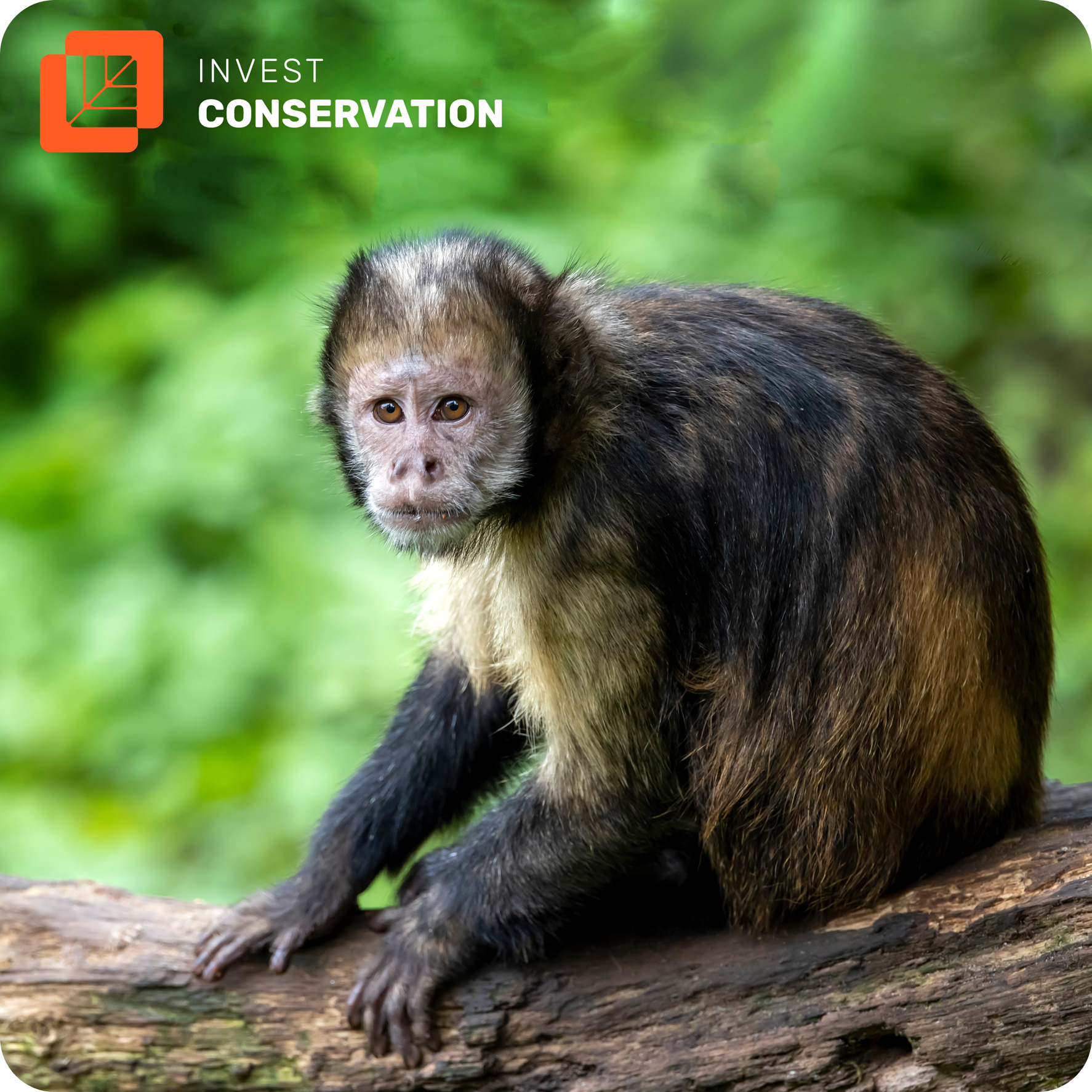
Tropical Forests with Robust Animal Populations Store 4x More Carbon
Biodiversity — especially as represented by seed-dispersing animals — play a critical role in how much carbon forests can store.
Climate change discussions often focus on trees, overlooking the importance of animals. In fact, 81% of tropical tree species depend on animals such as monkeys, birds, and rodents to disperse their seeds for higher germination, growth, and survival rates that reach more distant areas, including those damaged by fire, storms, drought, and deforestation. Declines in animal populations significantly reduce forests’ capacity to regenerate and store more carbon.
A study of more than 3,000 tropical forest plots by Evan Fricke and colleagues at MIT found that animal activity has an outsized impact on forest carbon dynamics:
⦿ Naturally regrowing forest areas with the lowest seed dispersal disruption had aboveground carbon accumulation rates 4 times higher than those with the most severe disruption.
⦿ Disruptions to seed-dispersing animals’ diversity and movement reduced the amount of carbon the plots could accumulate by 57%.
Tropical forests currently represent the largest land-based carbon sink on the planet. Ongoing losses of animal biodiversity diminish their ability to recover naturally from disturbances — and therefore threaten their large-scale climate mitigation potential.
This underscores the essential link between biodiversity loss and climate change: protecting wildlife is not only a conservation priority, it is a fundamental part of effective carbon sequestration.
Explore more topics on our Resource page

